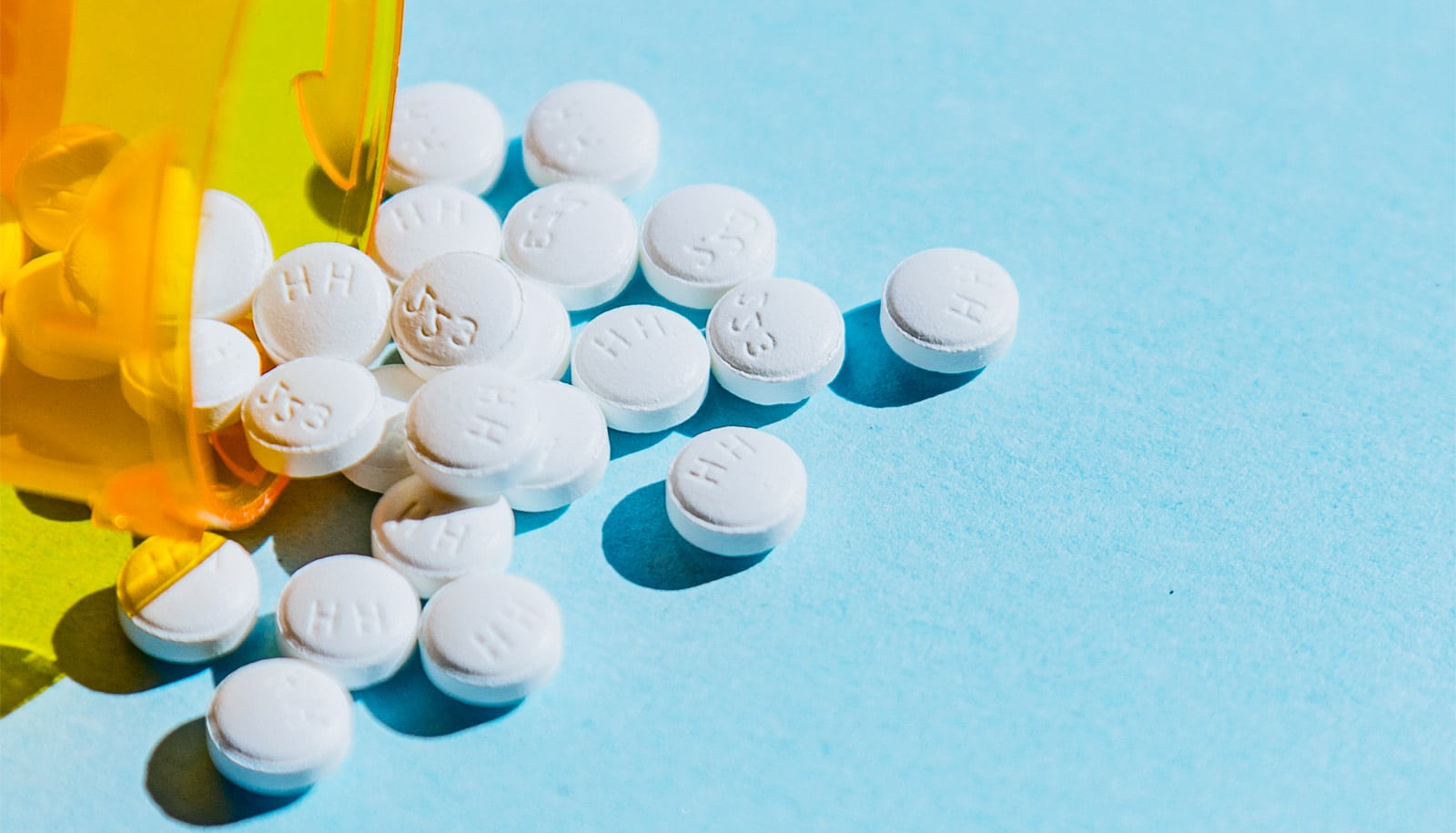Doctors have stumbled onto a potential new use for two approved medications. When used in combination, they heal wounds more quickly with less scar tissue.
In mice and rats, injecting the two drugs in combination speeds the healing of surgical wounds by about one-quarter and significantly decreases scar tissue.
[related]
If the findings, published in the Journal of Investigative Dermatology, hold up in future human studies, the treatment might also speed skin healing in people with skin ulcers, extensive burns, and battlefield injuries.
“The findings mean that wound healing is not only accelerated, but also that real skin regeneration is occurring,” says Zhaoli Sun, director of transplant biology research at Johns Hopkins School of Medicine. “These animals had more perfect skin repair in the wound area.”
The wound healing potential of the two drugs was discovered incidentally while the researchers were working to prevent rejection of liver transplants.
One of the drugs, AMD3100, is generally used to move stem cells from bone marrow to the bloodstream to be harvested and stored for patients recovering from cancer chemotherapy. The other, tacrolimus, tamps down immune response.
Researchers noticed that in addition to successfully preventing liver graft rejection in their study, the drugs, when used together, seemed to improve wound healing in animals.
Faster healing
Focusing on just the wound healing “side effect,” the scientists launched the rodent study to determine what the mechanism behind its therapeutic effects might be.
The researchers divided mice into four groups, each of which received four 5-millimeter circular cuts to remove skin and tissue from their backs. Some of the mice received injections of just AMD3100.
Others received injections of tacrolimus in doses just one-tenth of what is usually given to prevent organ and tissue rejection. Another group received injections of both AMD3100 and low-dose tacrolimus. A group of control animals received saline injections.
Animals that received only saline healed completely in 12 days, while those that received both drugs healed in nine days, a reduction of 25 percent. Those that received only one drug or the other recorded just a modest one-day improvement in healing time.
Less scar tissue
The researchers had similar findings in rats, though the drug combination worked slightly better, reducing healing time by 28 percent compared to saline. Additionally, they found that the wounds in animals that received the drug combination healed with less scar tissue and regrew skin’s hair follicles.
Further tests showed that the drugs work synergistically, with AMD3100 pushing stem cells from bone marrow into the bloodstream and tacrolimus stimulating cells in wound areas to give off molecules that attract the stem cells.
Though the study tested the drug combination only on surgical excisions, the researchers say the beneficial effects also apply to burn injuries and excisions in diabetic rats in studies that are now under way.
Researchers from Johns Hopkins and the National Institute on Alcohol Abuse and Alcoholism participated in the study. Johns Hopkins University School of Medicine’s Transplant Biology Research Center and a gift from the family of Francesc Gines supported the research.
Source: Johns Hopkins University



